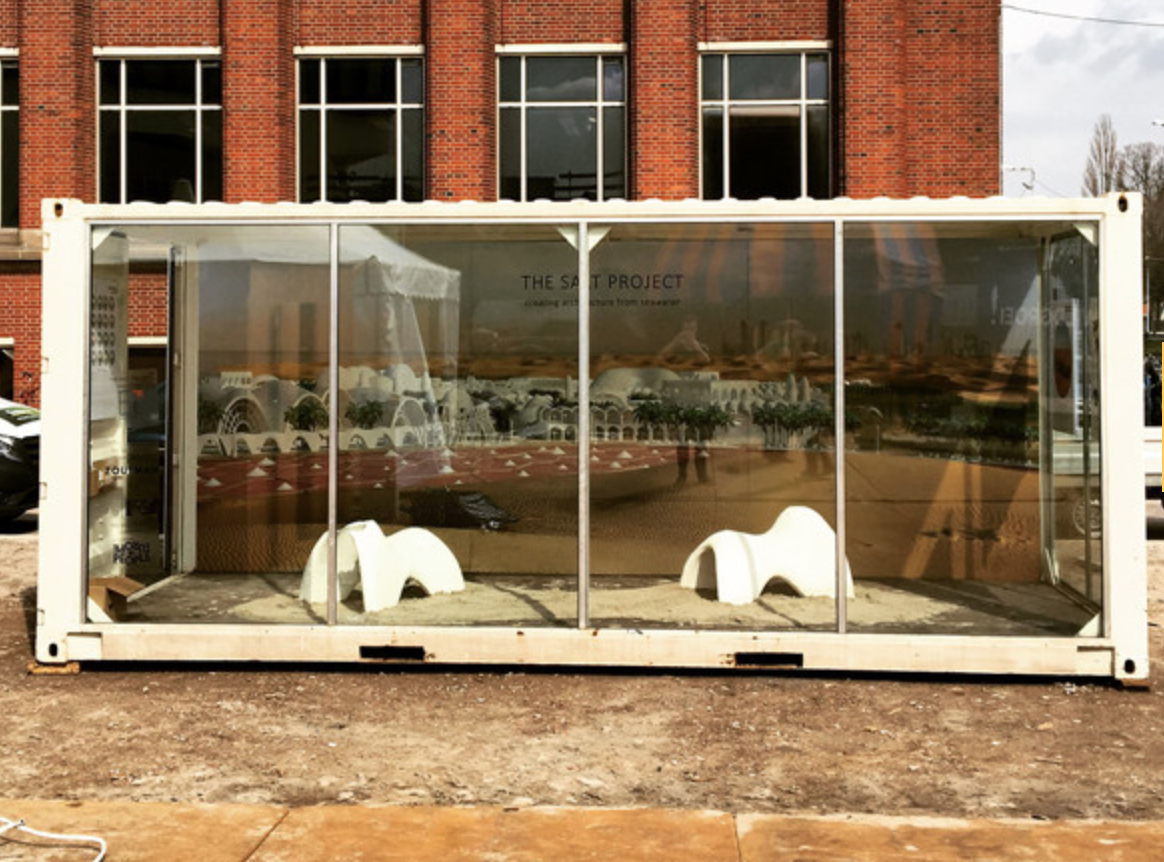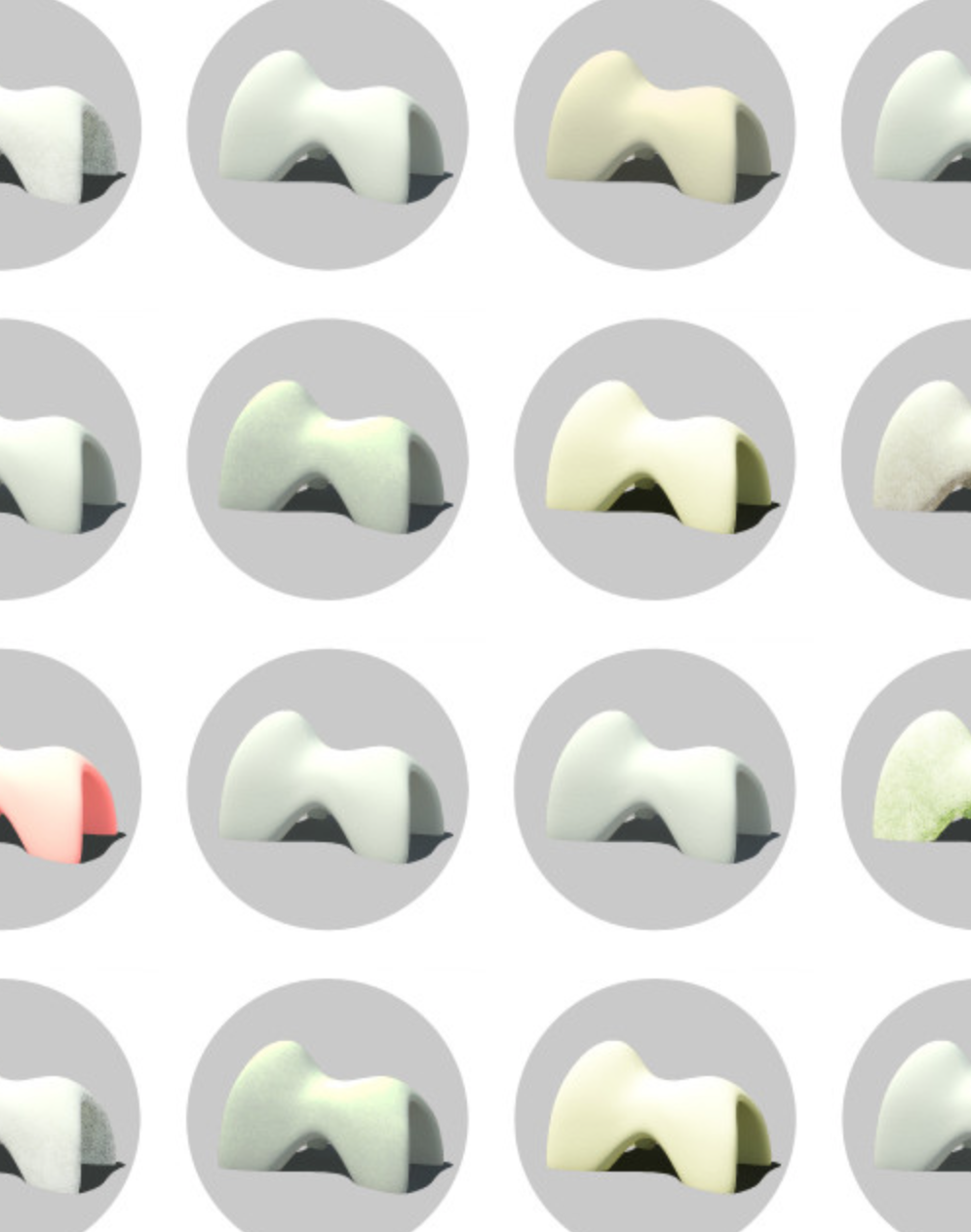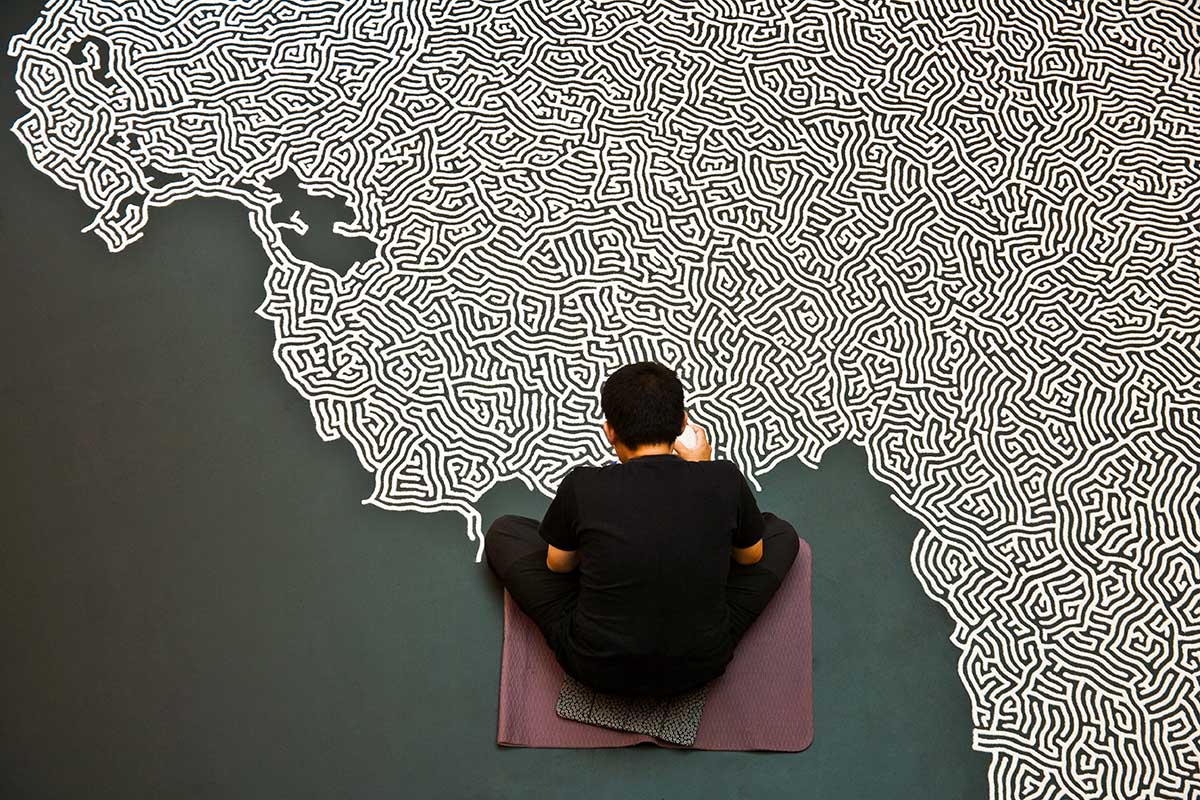Art/Design
The Dead Sea is about 10 times saltier than the ocean and nearly devoid of life. In summer, temperatures surrounding its southern basin regularly top 100 degrees. Yet it serves as studio for Israeli artist Sigalit Ethel Landau, who submerges both handcrafted pieces and everyday items in the hypersaline water. The ensuing crystallization process profoundly transforms them.
The “Island-Bridge” expresses the political, cultural and social complexity which the Dead Sea embodies. The bridge con- stitutes a unifying path so as to traverse and transcend the obstacles ahead. Being a site-specific art installation, the “Salt-Island Bridge” is a gesture of extending a hand towards a mutual traversal of difficulties, and such it serves as a meet- ing point, both territorial and conceptual.
- Building hope in the form of a bridge
Go Back
The Salt Project is a biomimetic (relating to a synthetic biochemical process) attempt to create architecture using seawater in the desert. By using locally available resources we can grow plants and create architecture without producing waste.
- combat desertification
-provides for the eco system
The premise is to pump up seawater to dry areas and use the sun’s energy to distill the valuable fresh water in greenhouses. The resulting salt is then turned into a building material and used for construction, creating a ‘closed ecosystem’ with no waste.
The salt material deals well with compressive forces and not so much with tensile forces. This means a typical salt structure would be for example an arch, a dome or a shell structure.
They have made their 'salt pups' in Rotterdam and the Salt Lab. This would be interesting to go and visit.



Motoi Yamamoto
An artist from Hiroshima, Japan who began creating his salt pieces after his sister lost her fight with brain cancer. He began pouring his labyrinth style installations after building a 3-dimensional human brain as an exploration of her condition, later wondering what would happen if he flattened its patterns and channels.
Karlijn Sibbel
3D printing with salt
Using this natural resource, Karlijn experiments using cotton wireframes to create strong salt crystal formations.